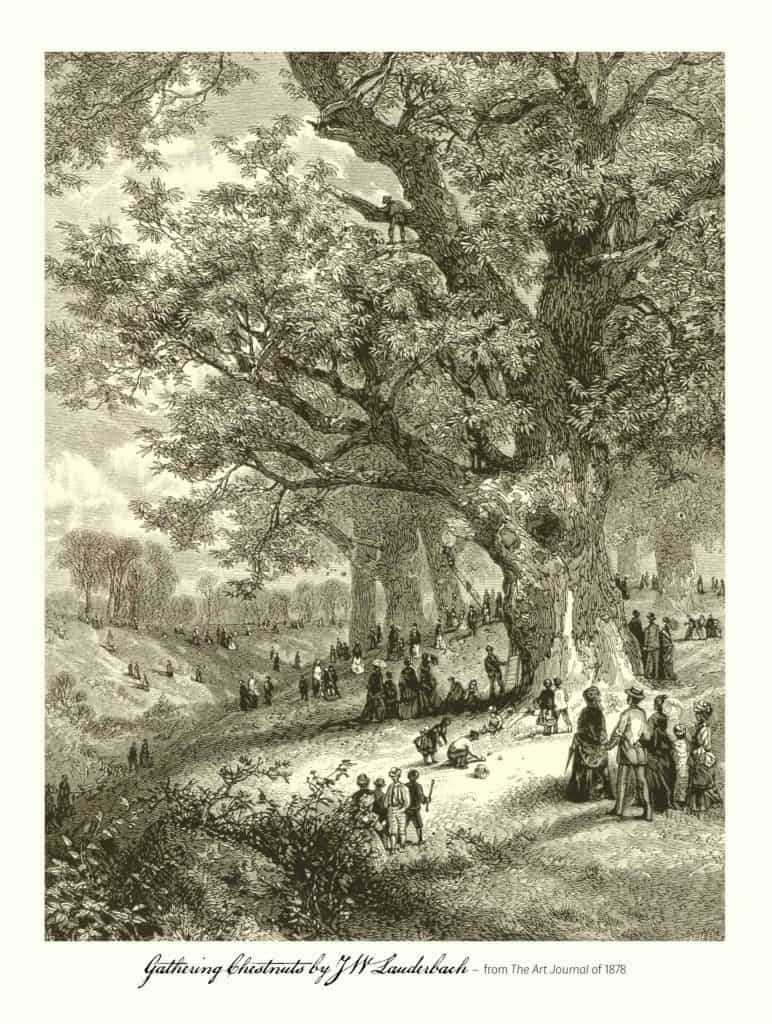Sadly I couldn’t find an American Chestnut holiday wreath photo to illustrate this post.
The U.S. Department of Agriculture’s (USDA) Animal and Plant Health Inspection Service (APHIS) is inviting public comment on two draft documents involving a petition from the State University of New York College of Environmental Science and Forestry (SUNY) seeking deregulation of an American chestnut variety modified for tolerance to chestnut blight. The first document is a draft Environmental Impact Statement (DEIS) that examines the potential environmental impacts, and the second is a draft Plant Pest Risk Assessment (DPPRA) that considers potential plants pest risks.
APHIS is now seeking public comments on the DEIS and DPPRA for 45 days so the public may review our preliminary evaluation of potential impacts on the environment in consideration of the SUNY petition. You can view the Federal Register notice, DEIS, DPPRA, and supporting documents on the APHIS website. Beginning November 10, 2022, members of the public can submit comments through December 27, 2022, by going to www.regulations.gov and entering “APHIS-2020-0030” into the Search field.
History of Nursery Introductions and Plant Quarantine Laws
Faith Campbell wrote a fascinating history of the nursery trade here.
The earliest commercial horticulture in colonies that became the United States was in the mid-17th Century. It involved imports of Eurasian fruit trees to establish orchards to provide familiar foods. Ornamental horticulture became popular earlier than I expected. Prince Nurseries was established in 1732 in Flushing, NY. It was followed by additional nurseries in New York, Philadelphia, and Massachusetts.
According to this paper by Sandra Anagnostakis of the Connecticut Ag Experiment Station:
The chestnut blight fungus was accidentally introduced into the U.S. on Japanese chestnut trees imported at the end of the 1800s. It was spread all over the range of our native chestnut trees by “mail order” as people bought chestnut trees from nurseries, and was spread locally by every creature that walked over the cankers. This led to the enactment of Plant Quarantine laws in the United States.
It’s always puzzling to me that the importance of plant quarantine regulations (and packaging) gets lost or downplayed in our discussions of threats to forests and their ability to sequester carbon.

A while ago, maybe quite a while, you could walk through the woods and see the old remains of chestnuts hung up in oaks and slowly rotting out from where they touched the ground. I’m not sure how long ago the blight had hit western MA, five or more decades for sure, maybe eight, I don’t know.